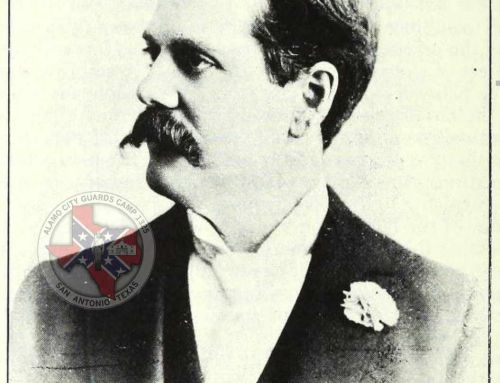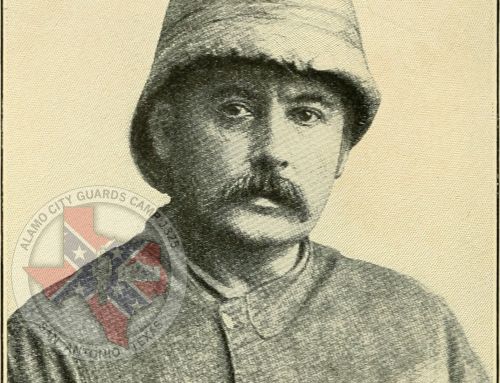The Complex Label of “Traitor”
The label of “traitor” has been historically applied to individuals and groups who challenge established authority and fight for what they believe to be fundamental rights and freedoms. This label often depends on perspective and context, influenced by factors such as loyalty to authority, legal definitions of treason, notions of national unity, historical narratives, public opinion, and conflicts of interest.
Reasons Behind the Label of “Traitor”:
– Loyalty to Authority: Those in power typically view challenges to their authority as threats. Governments may label dissenters as traitors for undermining stability and established order.
– Legal Definitions: Treason laws define acts against the state, even if motivated by a fight for rights, as treasonous if they threaten state interests or stability.
– National Unity: Governments promote national unity and see actions dividing the nation as traitorous, challenging the idea of a united state.
– Historical Narrative: Victorious factions define history, often labeling opponents as traitors, even if their cause was just, shaping public memory.
– Public Opinion: Views on actions vary; some see rights defenders as heroes, while others view them as traitors to order or differing beliefs.
– Conflict of Interests: Rights fights can lead opposing groups to label each other as traitors, seen in cultural, religious, or ethnic conflicts.
Historical Contexts:
1. American Revolution (1775-1783):
– Colonists: The American colonists who rebelled against British rule were labeled traitors by the British Crown. They were seen as betraying their allegiance to the British Empire and undermining established authority. The colonists, however, believed they were fighting for their rights and representation in government, including fair taxation and self-governance.
2. Texas Revolution (1835-1836):
– Anglo-settlers and Tejanos: Anglo-American settlers in Texas and Tejanos supporting Texian independence were labeled traitors by the Mexican government. They were viewed as betraying their loyalty to Mexico and destabilizing the unity of the Mexican state. These groups believed they were fighting for local autonomy and protection of their cultural and economic interests.
3. American Civil War (1861-1865):
– Confederate States: Leaders and supporters of the Confederate States of America were seen as traitors by the Union. They were viewed as individuals who had taken up arms against the United States government to defend states’ rights, including the institution of slavery. The Confederacy believed they were fighting to preserve their economic and political autonomy from Northern interference.
4. Civil Rights Movement (1950s-1960s):
– Activists: Civil rights activists advocating for racial equality were sometimes labeled as traitors by opponents of desegregation and equal rights. They were seen as challenging the social and legal norms of segregation and racial hierarchy. Activists believed they were fighting for their constitutional rights to equal protection under the law and political representation.
Reflections and Interpretations:
In each context, those labeled traitors believed they fought for fundamental rights, challenging authority and societal norms. Over time, many have been celebrated as champions of justice and freedom, challenging views on loyalty and national unity. Southerners today may embrace the label as a badge of honor, highlighting their commitment to rights and principles amid societal shifts.
Conclusion:
The label of “traitor” evolves with changing perspectives and values, showcasing the complexity of historical interpretation. It serves as a testament to individuals’ courage in standing against perceived injustices, redefining societal norms, and shaping future ideals of justice and freedom.
Check out our sponsors!
Monuments Across Dixie
Confederate Shop
Confederate Coffee Company
Read more here:
https://alamocityguards.com/news/






